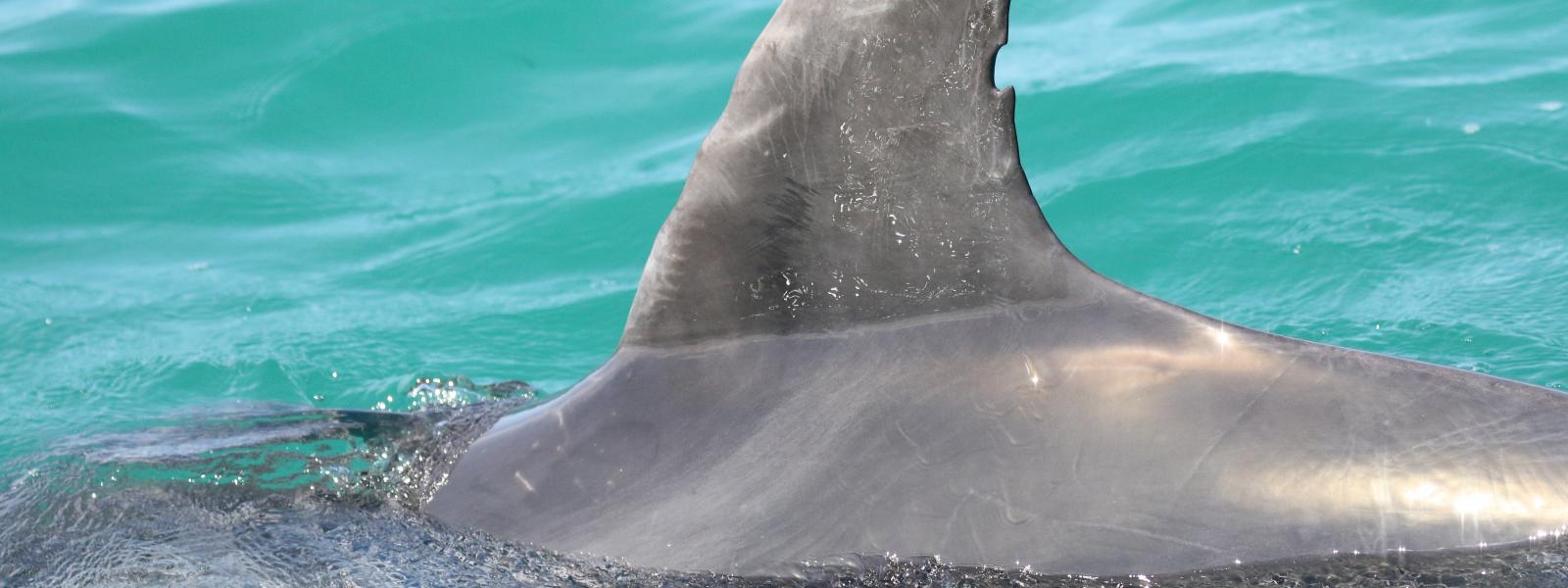What dolphins can tell us about the bays’ health

The bays’ dolphins are much loved. To help protect them, the Dolphin Research Institute (DRI) is studying the resident dolphins in both Western Port and Port Phillip to deepen our scientific understanding so we can better protect these mammals. What DRI is learning is that dolphins may also be telling us about the environmental health of the bays.
In early 2011, DRI researchers photographed a resident dolphin covered with skin lesions that were more severe than anything previously recorded. Severe outbreaks of lesions have been seen elsewhere in Australian and Victorian waters.
However, photo surveys by DRI since 2011 showed rapid healing of individual dolphins and a reduction in the overall extent of lesions in the population.
Key facts:
- DRI’s analysis recorded five distinct types of skin lesions on 73 resident Port Phillip Bay dolphins.
- DRI uses photographs of dolphin dorsal fins to identify individuals from unique markings that act like 'fin prints'.
- More than 70,000 images of Port Phillip dolphins back to 1993 enable DRI to learn about the population size, movements, relationships, births and skin health.
Taking into account similar recorded outbreaks and some multiple mortalities, indicates that the animals are under stress and with weakened immune systems. There is now growing scientific evidence to link the skin health of dolphins to environmental water quality
February 2011 coincided with a recent drought, which has prompted researchers to ask, is the change observed in the skin condition of the Port Phillip Bay dolphins linked to the floods? Is it possible that the skin health of resident dolphins could be used as an indicator of water quality?
These questions will hopefully be answered after a three-year dolphin health study funded under the National Whale and Dolphin Protection Plan. Outcomes will include a systematic tool to measure the nature and extent of dolphin skin lesions, new survey methods and a citizen science program.
This work will be on-going as part of DRI’s long–term core research program and will provide managers with vital understanding of the status of our bays’ resident dolphins.
The valuable data is kept long term. It will provide scientists with an means to decide ‘what is normal?’ and implement a toolbox for monitoring.
Please contact the Dolphin Research Institute if you would like to offer your support.
Image credit: Dolphin Research Institute